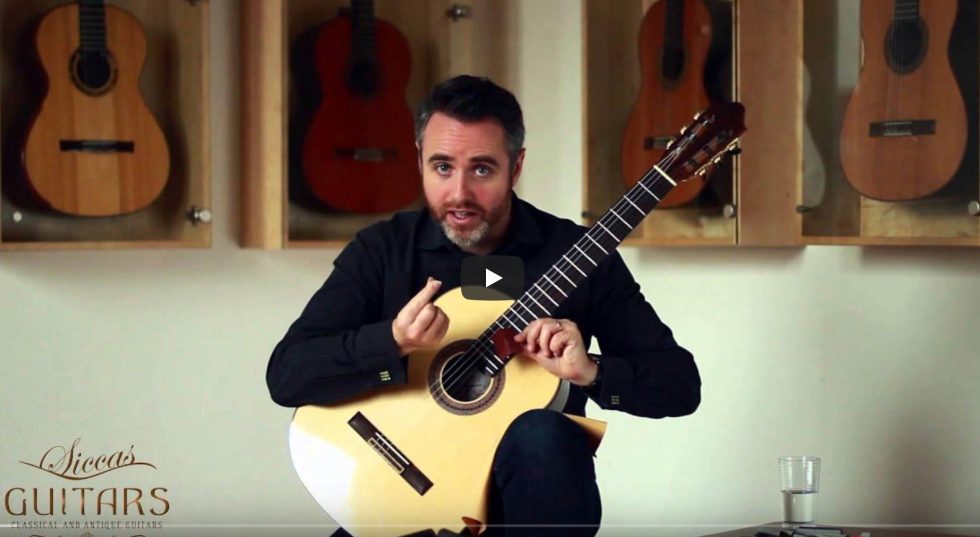
10 Essential Tips for Playing Classical Guitar
Learning to play classical guitar can be a highly rewarding experience, whether you’re a beginner or an experienced player. To help you improve your skills and get the most out of your practice, here are ten essential tips for classical guitarists.
1. Start with Proper Posture and Hand Position
Good posture is the foundation of classical guitar playing. Sit up straight, with both feet flat on the ground, and rest the guitar on your left leg (if you’re right-handed). Ensure your left hand is relaxed and hovering over the neck, while your right hand should be positioned comfortably over the sound hole. Maintaining proper posture will help prevent strain and improve your technique.
2. Practice Slowly and Consistently
Mastering classical guitar requires patience and precision. Rather than rushing through pieces, take your time to play slowly and consistently, ensuring accuracy and control. This will help you build a strong foundation and avoid developing bad habits.
3. Use a Metronome to Improve Timing and Rhythm
A metronome is an invaluable tool for any guitarist. It helps you keep time and develop a steady rhythm. Start slow, and as you become more comfortable, gradually increase the tempo. Consistent practice with a metronome will improve your timing and precision.
4. Focus on Finger Placement and Proper Technique
Correct finger placement is key to producing a clear sound. Use your fingertips to pluck the strings, and ensure your fingers are positioned close to the frets. Practicing proper technique from the beginning will make it easier to tackle more complex pieces in the future.
5. Experiment with Different Strumming Patterns and Picking Styles
Classical guitar involves a variety of techniques, from strumming to fingerpicking and arpeggios. Don’t hesitate to experiment with different styles to find what works best for you and what adds more depth to your playing.
6. Work on Your Tone
The quality of your tone can be influenced by several factors, such as finger pressure, pick attack, and the type of guitar and strings you use. Take the time to experiment with different techniques and setups to discover the sound that suits your playing style and preferences.
7. Learn to Read Sheet Music and Guitar Tabs
While guitar tabs can be helpful for learning new pieces, reading sheet music will open up a wider range of classical compositions for you. This skill will help you understand the music more deeply and enhance your overall musicianship.
8. Seek Guidance from a Guitar Teacher or Mentor
A skilled teacher or mentor can make a significant difference in your learning journey. They can provide valuable feedback, identify areas for improvement, and offer guidance on technique and repertoire. A good teacher can accelerate your progress and help you avoid common mistakes.
9. Stay Motivated and Enjoy the Journey
Learning classical guitar takes time and dedication. Celebrate your progress, and don’t get discouraged if you encounter challenges. Stay motivated by setting small, achievable goals and finding joy in the music you create.
10. Broaden Your Musical Horizons
Classical guitar is a vast genre, but don’t hesitate to explore other styles and influences. Incorporating techniques from different genres will enrich your playing and expand your versatility as a musician. The more diverse your repertoire, the more skilled and well-rounded you will become.
By following these essential tips, you’ll be well on your way to becoming a confident and accomplished classical guitarist. Remember, practice with patience, focus on technique, and most importantly, have fun with your musical journey!

















